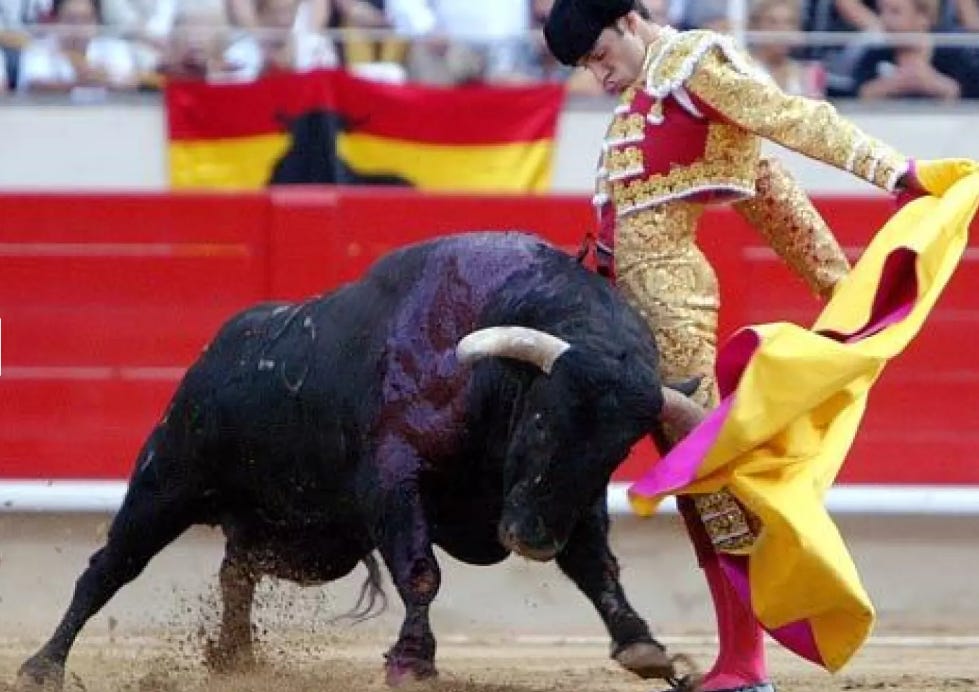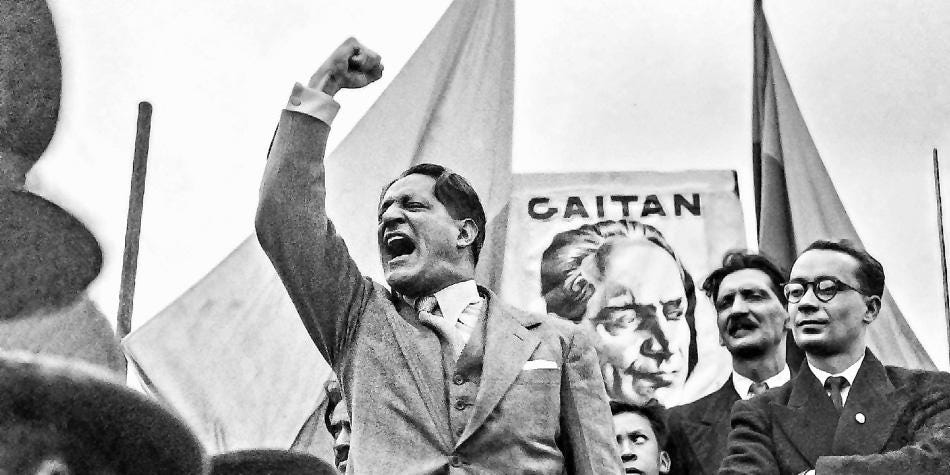As the sun dips below the rim of the plaza de toros, casting long shadows across the golden sand, I find myself contemplating the ancient ritual that has shaped generations of understanding about honor, masculinity, and leadership. The bullring stands before me not merely as an amphitheater of spectacle, but as a crucible where the essence of masculine virtue and authority is distilled to its most elemental form.
I remember watching a seasoned matador make a subtle gesture to his cuadrilla during a particularly challenging encounter. Without words, without promises, his team moved in perfect concert – their loyalty born not from transaction but from his demonstrated courage to face the greatest danger himself. This moment crystallized my understanding of how Iberian societies view true leadership, inextricably linked to personal honor and the willingness to risk everything.
The matador's dance with death carries echoes of countless men who have faced their own metaphorical bulls, driven by an unyielding code that demands all or nothing. I think of Abdon Portes, the Uruguayan footballer whose story haunts the margins of sporting history. His final act – choosing death on the very field where he had known glory rather than accepting the diminishment of his prowess – speaks to a particular understanding of masculine honor that continues to resonate. Even now, a century later, his supporters wave banners proclaiming "For Abdon's blood," transforming his tragic choice into a testament to uncompromising dignity.
This same thread runs through the stories of revolutionary leaders who shaped Latin American history. Fidel Castro during the Cuban Missile Crisis, Che Guevara in his final stand, and Salvador Allende in the burning halls of La Moneda – each chose to face destruction rather than surrender their vision of honor. Like the matador in the ring, they understood that certain moments demand a performance of courage that transcends rational self-interest. Their authority flowed not from institutional power but from their visible willingness to share every hardship with their followers.
The bullfight itself serves as the perfect metaphor for this conception of leadership through honor. The ritual begins with a sacred guarantee: the bull must be pure, untested, never before faced by man in combat. This virginal state mirrors the Mediterranean concept of honor itself – something that can be maintained or lost, but never regained once diminished. In the arena, this complex dance unfolds according to ancient rules. The matador must demonstrate not just courage but grace, not merely victory but artistry. Each movement carries symbolic weight, each gesture speaks to the fundamental relationship between risk and respect.
The duality of honor – personal and social – reveals itself in every aspect of the corrida. Personal honor, like that of family reputation, operates in the negative; it can only be maintained or lost, never gained. Social honor, however, must be earned through public demonstrations of courage and skill. The leader, like the matador, enters the ring carrying both burdens: the need to avoid shame through technical failure or cowardice, and the opportunity to gain glory through exceptional performance.
This understanding transforms how authority is exercised in these societies. The leader's power flows not from their ability to distribute benefits but from their demonstrated capacity to embody the values they demand from others. In the modern world, we often struggle to understand this model of leadership, dismissing it as archaic or impractical. But in societies where the bullring remains a central metaphor for masculine virtue, leadership without personal risk, without demonstrated courage, without visible honor, is no leadership at all.
The Spanish phrase "Toro muerto vaca es" (a dead bull is a cow) captures the paradoxical nature of this masculine honor code. The bull's power and majesty exist only in the moment of combat; once defeated, it is reduced to mere meat. Similarly, leadership must be continuously demonstrated, continuously defended. There is no permanent victory, no final proof of worth that cannot be undermined by subsequent failure or shame.
The concept finds its literary expression in Joseph Conrad's "The Duellists," masterfully adapted by Ridley Scott against the backdrop of Napoleonic France. The story captures the obsessive nature of male honor codes, where reason becomes secondary to the demands of reputation. Like the bull and matador locked in their fatal dance, Conrad's antagonists cannot escape the gravitational pull of their conflict, even when its original cause has been forgotten.
As the light fades over the arena, the ancient ritual continues, carrying forward a complex legacy of masculine identity and leadership. In every cape movement, every charged encounter between man and beast, we see reflected the eternal struggle between individual dignity and social expectations, between the desire for recognition and the fear of shame. The bullring remains a theater where these tensions play out in stylized form, a mirror reflecting back to us our own complicated relationship with honor, courage, and the price we're willing to pay for both.
In the end, this conception of masculine honor and leadership reveals itself as both powerful and problematic. It has inspired acts of extraordinary courage and senseless self-destruction, given rise to both artistic excellence and needless tragedy. Yet in societies shaped by these traditions, it continues to define the essence of true authority – not through transaction or compromise, but through the willingness to step forward first, to face the bull alone, and to lead by example in the eternal dance between life, death, and honor.
I'm reaching out to share an extraordinary opportunity that combines personal dedication with visionary design.
https://whydonate.com/en/fundraising/sensory-garden







A timeless read, Alfredo. I'm almost tempted to say studiously anachronistic. Your refusal to nod to modern sensibilities with respect to bullfighting was frankly refreshing. I also recalled the corridas I attended in Sevilla many years ago (1987) and in Lima more recently (2008?). Do you think the cultural code of honor embodied in the matador persists in today's Spain? Has a refusal to compromise itself been compromising for national advancement (insomuch as this would matter or represent a goal)? Nicely done.